MPI to encourage tech transfers
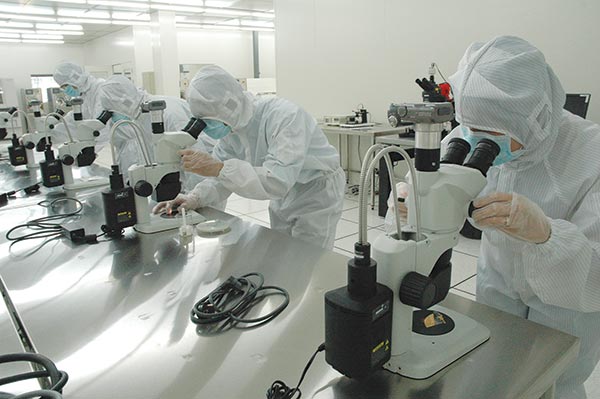
The MPI is grappling with the wording of new policies to encourage technology transfers
Photo: Le Toan
According to Do Nhat Hoang, director of the Foreign Investment Agency under the Ministry of Planning and Investment (MPI), the policies may that stipulate different levels of incentives for foreign firms depending on the level of technology transfer they are willing to be committed to.
“We can be flexible. If a firm is transferring new technology but doesn’t establish a research and development (R&D) facility in Vietnam, they’ll get a 15 per cent corporate income tax (CIT), if they do have an R&D facility they’ll get 10 per cent,” Hoang said.
Foreign-invested enterprises (FIEs) could be an important channel of technology transfer. According to data by the Ministry of Science and Technology, since 1993 there have been 605 technology transfer contracts by FIEs approved, accounting for 63.6 per cent of the country’s total. The contracts cover transferring the ownership of the industrial process, technical assistance and training. However, the number is too small when put in the context of over 14,000 foreign invested projects in the country.
Technology transfer is easiest to achieve when FIEs partner with domestic firms in their operations, yet according to Vu Quoc Huy, deputy director of the MPI’s Economic Zones Management Department said, there is little evidence of clear linkage.
He cited Canon as an example. The leading Japanese imaging and optical product manufacturer has invested $300 million in Vietnam since setting foot in the country in 2001. Starting out with only seven suppliers, as of now Canon has more than 100 suppliers and a localisation rate of 60 per cent, yet Vietnamese firms only make up 10 per cent of these suppliers, and most of them produce very simple parts while those that require more precision are either imported or supplied by FIEs in Vietnam.
The reason, he explained, is that many domestic firms has yet to recognise the importance of this partnership with FIEs and there is no specific incentive to encourage closer ties. Meanwhile, domestic firms are weak in terms of technology, governance and marketing.
He suggested that the government do a better job linking firms together, and apply the cluster model that has been used in many countries where government agencies, universities, consulting firms and firms in general, co-operate and support links between other firms.
He also suggested FIEs, especially big ones, be aware of their responsibility in partnering with and helping domestic firms.
“We’re working with FIEs to help them find partners to train so that these domestic firms can meet their standards,” he said.
According to Deputy
Minister of Planning and Investment Dao Quang Thu, a bit over 80 per cent of FIEs in Vietnam use medium technology, 5-6 per cent use high technology and 14 per cent with low and backward technology. In some cases foreign investors take advantage of legal loopholes to import old machines and production lines that cause environmental pollution.
R&D activities by FIEs in Vietnam mostly involve small and simple technology or modifying their technology to fit conditions in Vietnam.
What the stars mean:
★ Poor ★ ★ Promising ★★★ Good ★★★★ Very good ★★★★★ Exceptional
Latest News
More News
- Levelling up green logistics requires a helping hand (April 24, 2024 | 14:19)
- MPI meets with Nvidia vice president to discuss AI and semiconductor cooperation (April 24, 2024 | 14:14)
- Negotiations over payment agreement for LNG power stuck in deadlock (April 23, 2024 | 18:02)
- Masan completes $250-million equity raise from Bain Capital (April 23, 2024 | 17:37)
- Amata City Ha Long marks six years of development (April 23, 2024 | 17:00)
- Taiwan's Giant Group to build $120 million bicycle factory in Binh Duong (April 23, 2024 | 15:02)
- Nvidia delegation to explore opportunities in Vietnam (April 23, 2024 | 08:30)
- China's BOE builds $275 million electronics factory in Ba Ria-Vung Tau (April 22, 2024 | 10:44)
- Suntory PepsiCo breaks ground on its largest Asia-Pacific plant in Vietnam (April 22, 2024 | 08:53)
- New Hope ceases Binh Dinh pig-breeding project (April 19, 2024 | 18:34)

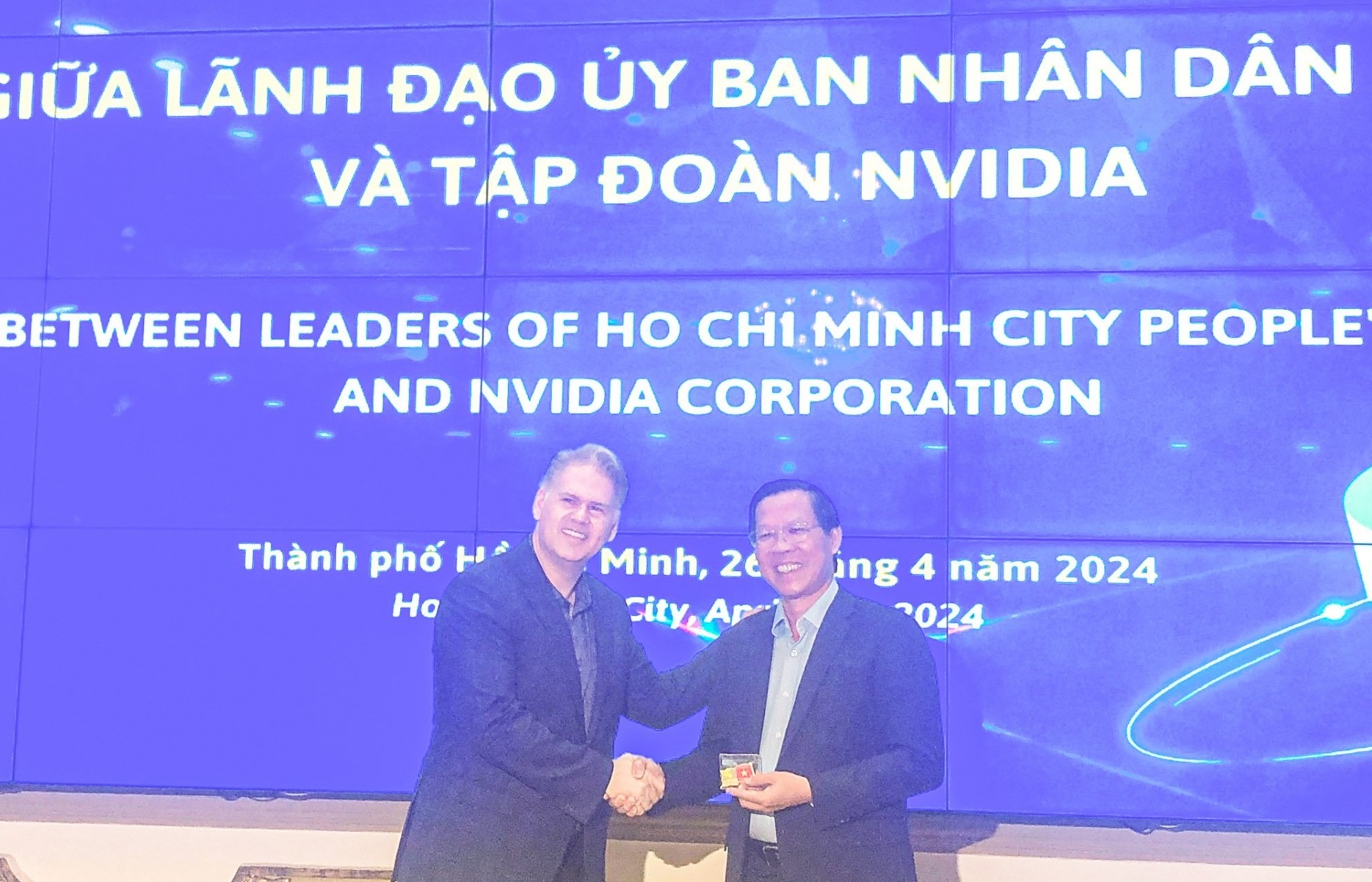
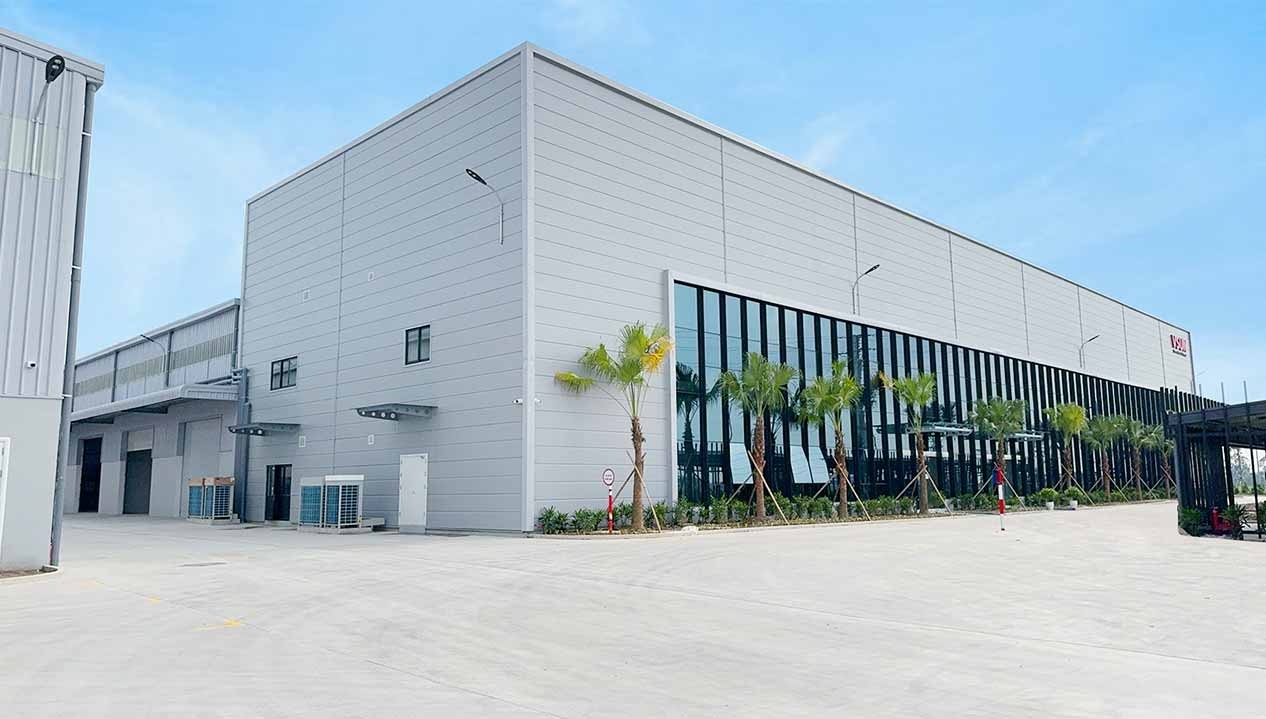
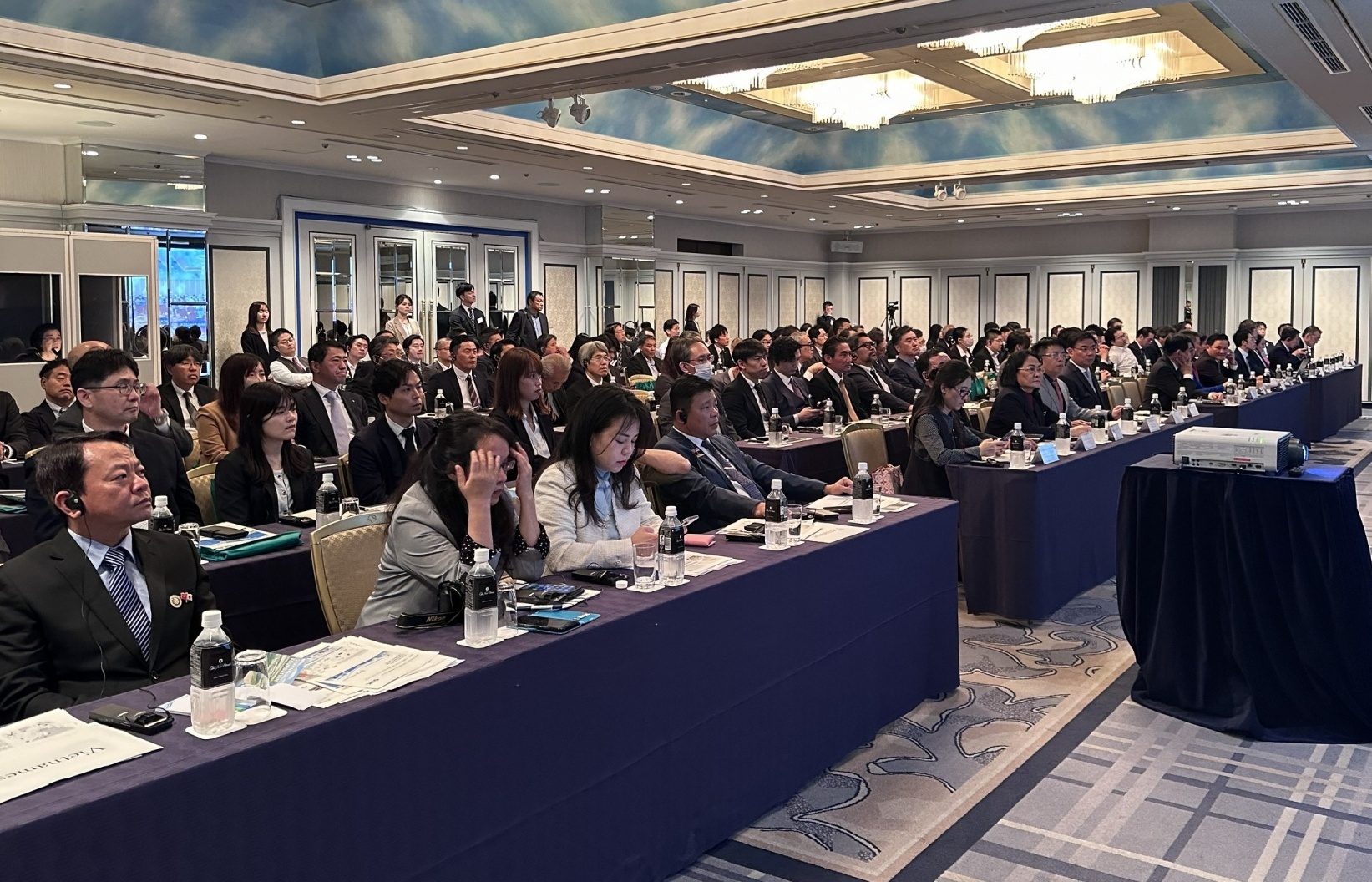
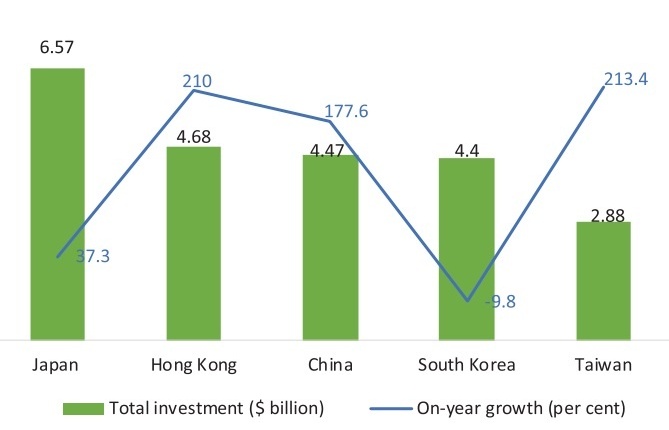
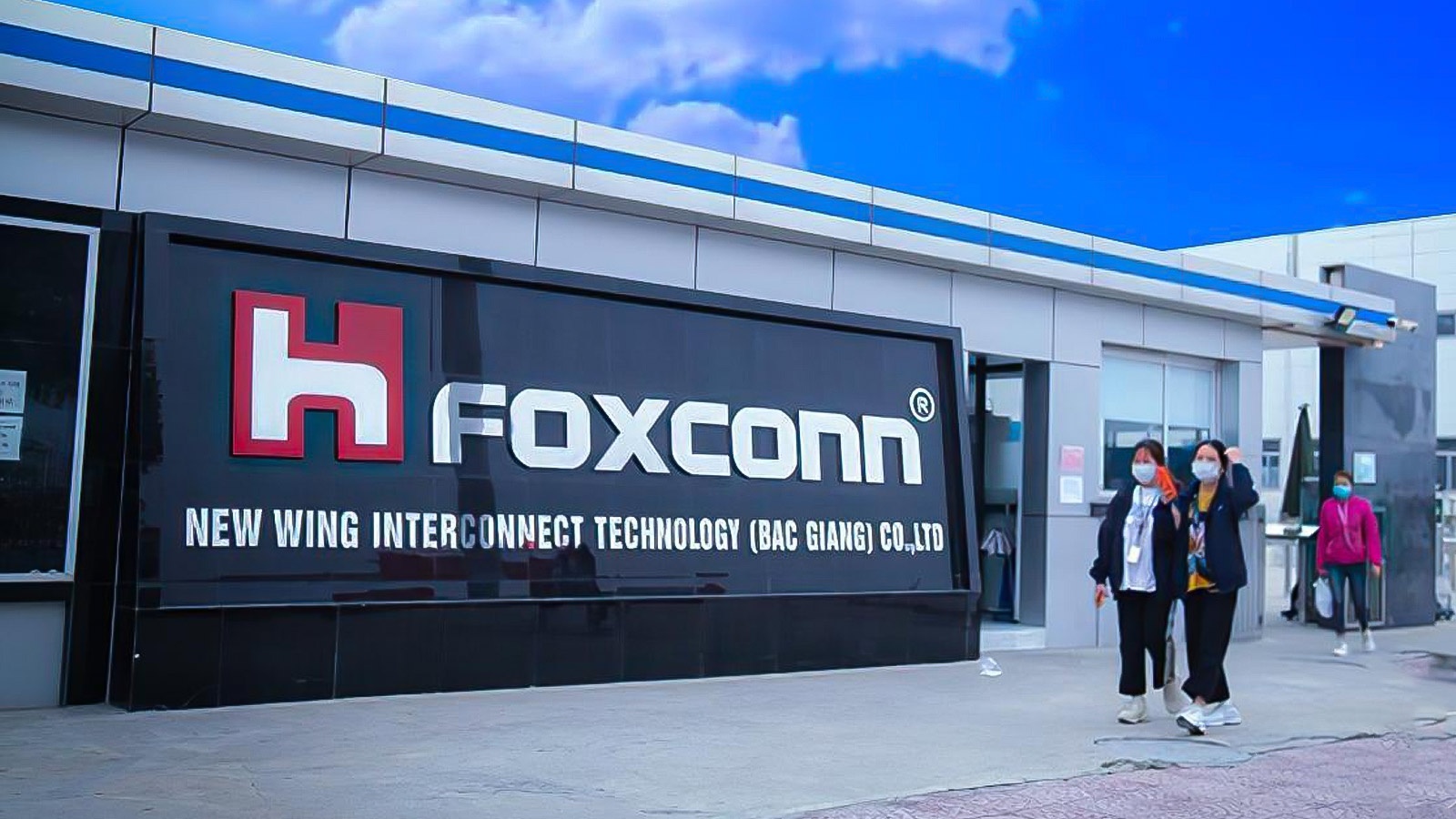




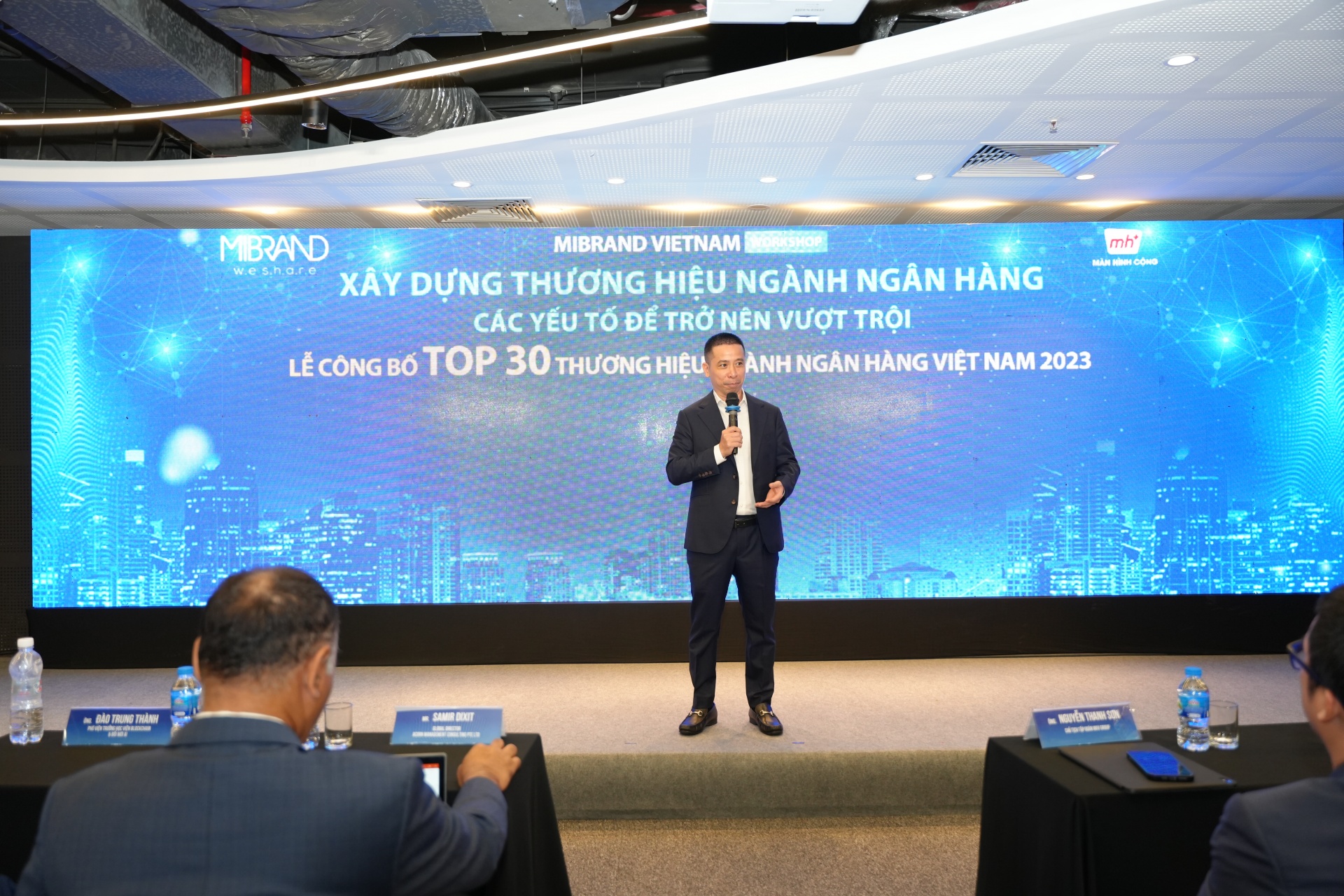



 Mobile Version
Mobile Version